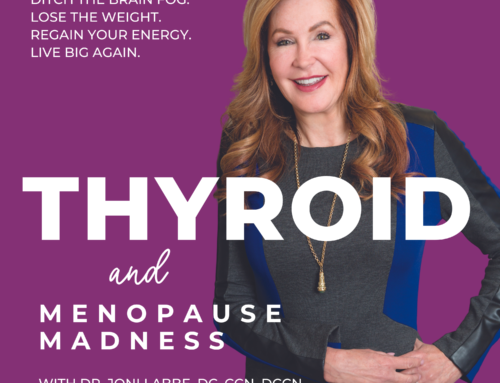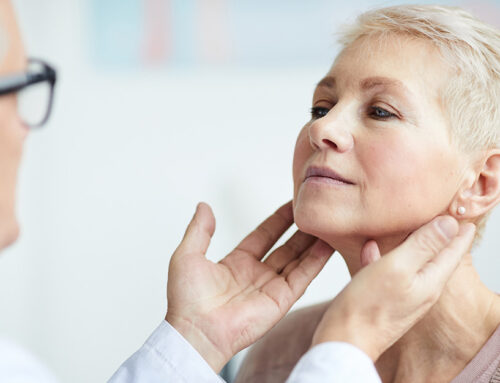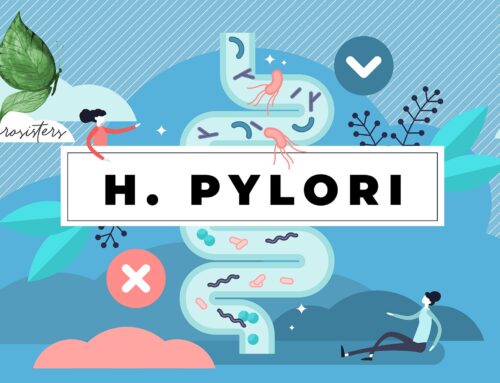It’s an all-too-common scenario for teen girls today: That time of the month comes around they are home from school white-knuckling it through agonizing menstrual cramps, having only just endured a week of equally debilitating PMS depression and anxiety.
 It’s just your standard entry into womanhood, right? Not! For the teen girl with Hashimoto’s, strategies to manage Hashimoto’s will also help better manage cramps and PMS.
It’s just your standard entry into womanhood, right? Not! For the teen girl with Hashimoto’s, strategies to manage Hashimoto’s will also help better manage cramps and PMS.
Although hormonal irregularity is normal in the early years, excessive pain and anguish is not. It signals underlying causes of hormonal imbalance that may be alleviated through diet and lifestyle changes. These same changes can also help support healthy thyroid function.
Of course one must also consider the possibility of serious medical disorders such as uterine fibroids, pelvic inflammatory disease, or, most commonly, endometriosis, disorders that tend to be overlooked in young girls in early menses.
Going beyond pills for cramps in the Hashimoto’s teen
The conventional approach to severe cramps and PMS is the use of over-the-counter pain medication and low-dose oral contraceptives.
Oral contraceptives are synthetic hormones that interfere with the body’s natural hormonal feedback loops and disrupt the balance of intestinal flora, not to mention raising the risk of serious medical complications such as migraines, stroke, and even cancer.
Although birth control pills can bring relief, it’s better to ask why hormones are imbalanced in the first place. Birth control pills merely resolve the symptoms but not the cause of teenage menstrual cramps and PMS.
The underlying causes of PMS and cramps can also trigger or exacerbate Hashimoto’s. Addressing cramps and PMS is a way to also better manage Hashimoto’s.
Underlying causes of severe teen cramps and PMS
Here are some common factors we see when looking at teenage menstrual cramps and PMS with a functional medicine perspective. We see these same underlying factors with Hashimoto’s hypothyroidism:
Unstable blood sugar skewing hormones. This is often an underlying factor of hormonal imbalance in women of all ages, but particularly in teens. Skipped meals, diets high in sugar, caffeine, processed carbohydrates, junk foods, and other staples of teen diets can cause the delicate balance between estrogen and progesterone to spiral out of control and trigger Hashimoto’s flares.
Polycystic ovarian syndrome (PCOS) frequently occurs when blood sugar is chronically out of balance, and brings with it severe cramping, PMS, depression, acne, irregular periods, and ovarian cysts (with pain). PCOS is commonly a factor in autoimmune disease such as Hashimoto’s.
A diet that eliminates sugar, minimizes caffeine, regulates carbohydrate consumption, and focuses on plenty of produce and healthy proteins and fats can help bring blood sugar, PCOS, and the accompanying cramps and PMS under control.
Adrenal imbalances. Teen habits of missing sleep, pushing themselves too hard, skipping meals, and eating too much sugar all send adrenal function into over drive or under drive.
Adrenal imbalances severely impact hormonal balance and can deplete progesterone, the “calming” hormone that helps prevent PMS. Adrenal issues also drive inflammation and autoimmune Hashimoto’s flare-ups.
Too much screen time. Hormonal balance is tightly linked to the light cycles of day and night. The blue light emitted from smart phones, tablets, and TVs are interpreted as sunlight by the brain. When teen girls stare into their phones texting and sharing late into the night, the brain, and then the hormones, become awfully confused as a result. (This also causes insomnia.)
Although restricting exposure to screens is a tall order for today’s teens, you may be able to convince your daughter to wear orange glasses use an orange film over the screen, or download an app like f.lux or Twilight that filters out blue light after sunset.
These are just a few ways in which modern teen habits can result in severe menstrual cramps and PMS and trigger or exacerbate Hashimoto’s hypothyroidism.





